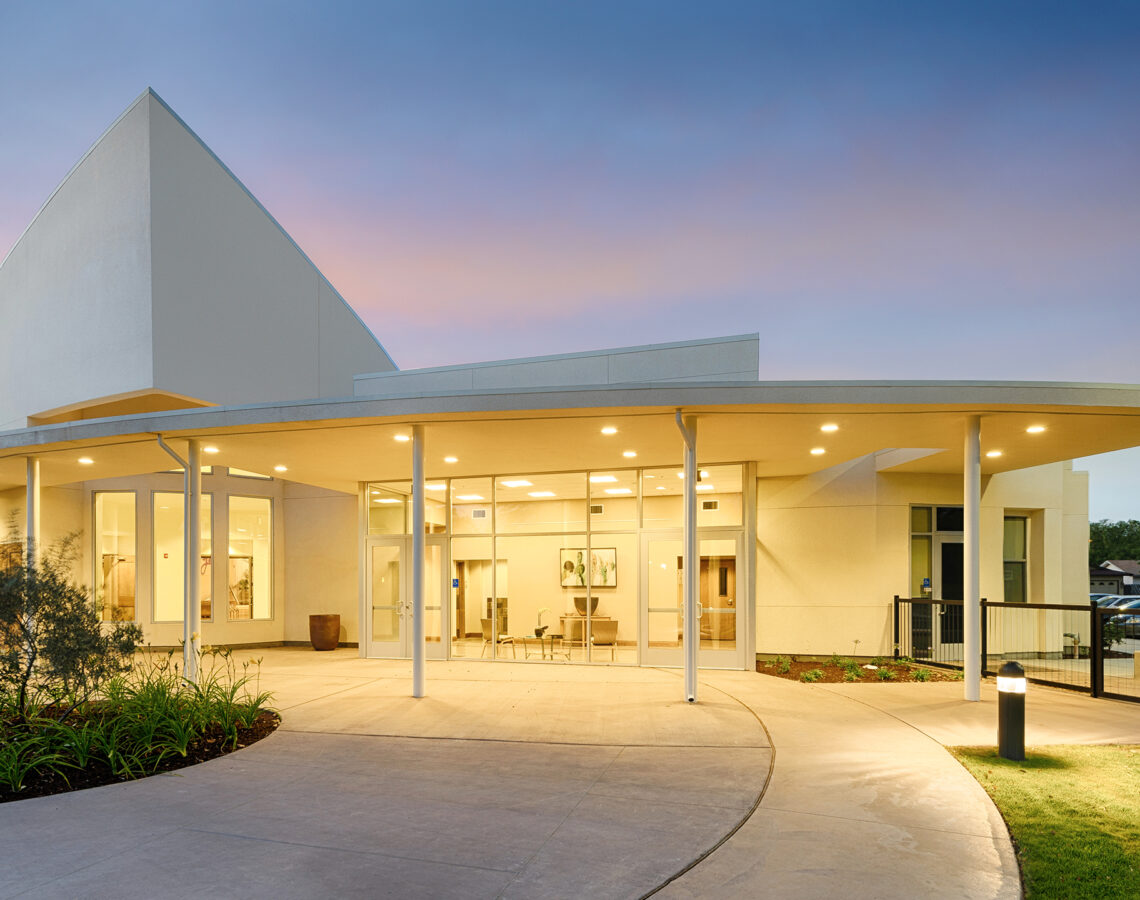What Is Architectural Style? How Is It Integrated in Modern Architecture?

Author: Rita & Bart
From a historical perspective, architectural styles are valuable because they give you a glimpse into specific cultures during different time periods—but what is architectural style, how do architects create design styles, and how are design styles integrated in modern architecture?
A common misconception is that buildings often are constructed to conform to specific architectural styles. However, architects are, by design, ahead of the noteworthy styles that will end up defining their project. Architects make design styles, not the other way around.
Read more to learn about architects’ views on design styles and how styles are integrated in modern architecture.

What Is Architectural Style?
Wikipedia defines “architectural style” as “a set of characteristics and features that make a building or other structure notable or historically identifiable.” However, understanding architectural style means going deeper than the recognizable look of a building.
An architectural design style is:
- A codified collection of motifs and uniquely designed elements
- Generated by a particular culture
- Generated by a particular time
- Generated by a particular place
- Informed by cultural norms
- The outcome of available technology
- The outcome of social & economic conditions of the time
Architecture as Art
Architecture is design, and design is art, so it helps to understand what architectural design is by looking at the way we understand art.
Art of a specific period, such as Impressionism, has a unique identity that isn’t necessarily dependent on previous architectural styles, but rather is created by artists to reflect the current time, place, situation, and culture.
Architects don’t simply borrow from design styles from other times and places, they create design styles themselves.
For example, a new high school building scheduled to open a year from now in a Central Valley city would have a starkly different design style than a high school in the same city that was constructed 100 years ago, despite being in the same location and assuming the same general purpose.
While there may be some elements in the new school that harkens back to the old style, the new school’s style better reflects the current time period.
How Architects Create Design Styles
The architectural style of a specific project depends on the goals and details of the project.
For example, the architectural style for a church addition in rural Madera County, California, will be far different than the style of an office building in the heart of the City of Fresno. The goals, uses, site requirements, and community influences are likely to be significantly different.
How Style is Reflected in an Architecture Project’s Goals
An architectural design style depends on the context of the project, which includes but isn’t limited to:
- Historical impact and details of the site and its community
- Environmental factors that mesh sustainability goals with the use of the building
- Cultural influences that bring design and aesthetic in line with the building’s use
For the client and user, the architectural style reflects a space that accommodates their needs, circulation, function, and character. For the community surrounding the planned site, that style also reflects a language and identity that interacts with nearby people and buildings.
The comfort of the structure is also important—it can create a rhythm or pattern that results in the structure making sense for the use and the users.
How Design Details Influence Architectural Style
The style of a building is affected by an architecture project’s details as well. This includes:
- The structure
- The materials
- The visual characteristics
The architectural style of a building flowers from the process of designing the building.
Why It's Important to Understand Architectural Design Styles
One of the key benefits of learning about architectural design styles is to better understand our history. The best sources to draw inspiration for architectural styles include local and international sightseeing, the study of art history, and architectural and design publications.
Local & International Sightseeing
There’s nothing like seeing a building design up close. Sightseeing for architectural styles allows you to directly experience the style’s elements and how the site interacts with the surrounding community buildings and open spaces.
Architecture Tradeshows
Attending tradeshows is the best way for architects to introduce themselves to new design trends, products, or construction techniques. These parts of architectural design can spark new and innovative ideas for design styles.
Architectural & Design Publications
Architecture and design-related publications are excellent resources for inspiration because they showcase the latest products and projects. These publications also often include the stories of other designers and architects who find solutions to complex design styles and problems.
Drawing Architectural Inspiration From History & Technology
Besides other buildings, two major sources of architectural inspiration are history and technological advances.
Understanding the history of a building’s design, construction, and style can spark ideas for new projects. There needs to be an understanding of the “why” a building is designed, and “how” the details came together. Once this is understood and appreciated, it can become a source for inspiration.
Emerging technologies that impact the details and overall architectural design of a project can help innovate design styles. Technology advances architecture, styles, and efficiencies, which is why it’s important to stay updated on the trends.
Common Historical Building Design Styles in the San Joaquin Valley & California
While good architects don’t rely on previous design styles to directly influence their projects, they do study and recognize the impacts of common local design styles, and how they could help spark new ideas.
Traditional design styles in the San Joaquin Valley of California are not formal. Like other areas with a strong agricultural influence, function and protection are more important than other factors.
Some common building design styles in the San Joaquin Valley and California are:
- Craftsman Bungalow
- Tankhouses
- Water towers
- Mission revival
Craftsman Bungalow
This style is influenced by the Arts & Crafts movement. These Craftsman Bungalow-styled residential buildings are iconic for their decorative front porches that lead into a house that is characterized by its handcrafted woodwork.
This style was popularized in the early 1900s thanks to pattern books. In Fresno, you can find Craftsman-style homes along specific streets of the Tower District.
Loved shooting this #craftsman style #bungalow over in #Morningside Excellent details throughout! #architecture pic.twitter.com/3Vd9px9WDX
— Charlie Sill 🍠🍊🍓🍳 (@SargentSill) June 25, 2017
Tank Houses & Water Towers
The Central Valley has several excellent examples of tank houses and water towers. These structures were built by California farmers and residents in the mid-1800s to supply commercial and domestic water needs.
One iconic example is the Old Fresno Water Tower, which is one of Fresno’s most distinctive architectural symbols.
Mission Revival Style
A reinterpretation of the Spanish Mission style of the late 1800s and early 1900s, Mission Revival architecture was popularized as a style that embraces California’s historical heritage. Many traits of Mission Revival architecture can be seen in other California design styles, such as earthy tones and color schemes, arches, and the combination of stucco and adobe brick.
A good example of the Mission Revival style is the Santa Fe Passenger Depot, located in Downtown Fresno.
Do you know the history behind Fresno's Santa Fe Passenger Depot? http://t.co/ewlTtysyRi #trains #history pic.twitter.com/8iN4uY73RB
— Home Instead Fresno (@HISCfresno) February 8, 2015
Our architects put their own heart and soul into the design for every project they lead. Check out their work in our PHA Portfolio.
